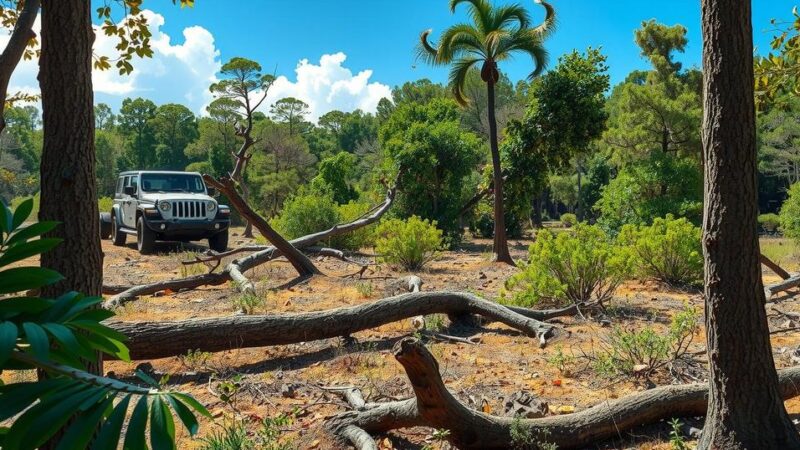A study reveals that the 4.5 magnitude earthquake in Iran on October 5, 2024, was not a nuclear test, countering misinformation spread via social media. Led by Dr. Benjamin Fernando, the research utilized seismic data confirming the earthquake’s natural origins in a region known for tectonic activity. The findings highlight the dangers of misinformation during international conflicts and recommend rapid scientific response to such claims.
Recent research has confirmed that a 4.5 magnitude earthquake in Iran was not a result of a nuclear test, as initially speculated. The findings, published in the journal Seismica, clarify that the quake, which struck on October 5, 2024, was due to natural seismic activity in a seismically active region, especially amidst the heightened geopolitical tensions of that period.
The study was led by Dr. Benjamin Fernando, a seismologist at Johns Hopkins University, who emphasized that misinformation surrounding this earthquake was widespread, particularly on social media. He pointed out that such misconceptions often arise during times of international strife and highlight the importance of accurately interpreting scientific data.
Analysis conducted by Dr. Fernando’s team utilized publicly available seismic data, revealing that the earthquake originated from natural tectonic movement, specifically a reverse fault resulting from the ongoing collision between the Arabian and Eurasian tectonic plates. The researchers found that similar earthquakes had occurred in the area in 2015 and 2018, which were also unrelated to nuclear actions.
Social media played a critical role in the rapid dissemination of misinformation, with theories suggesting the earthquake was tied to a nuclear test surfacing just minutes after the quake struck. The initial confusion stemmed from misinterpreted seismic data, which subsequently evolved into conspiracy theories involving unrelated events, including seismic activity in Israel.
The research team indicated that countering misinformation is essential, recommending improved collaboration among seismologists to swiftly verify data interpretations. Dr. Saman Karimi, a co-author of the study, suggested that scientific organizations for a detailed and prompt response to misinformation would help mitigate its spread and offered that partnerships between social platforms and scientific establishments could amplify credible information.
The research addresses the important distinction between natural geological events and nuclear testing, which became especially critical amidst rising tensions in the Middle East in October 2024. With social media being a powerful tool for information dissemination, the study highlights how rapid and incorrect assumptions can lead to widespread panic and misinformation. It emphasizes the necessity for accurate scientific communication in preventing misunderstandings in the public realm.
In conclusion, the research provides solid evidence that the recent earthquake in Iran was entirely natural and not a result of a nuclear test, dispelling an array of misinformation that proliferated swiftly on social media. It underscores the vital role that accurate scientific interpretation plays during geopolitical crises and advocates for stronger collaboration amongst scientific communities to address and correct misinformation effectively.
Original Source: www.wfxg.com






